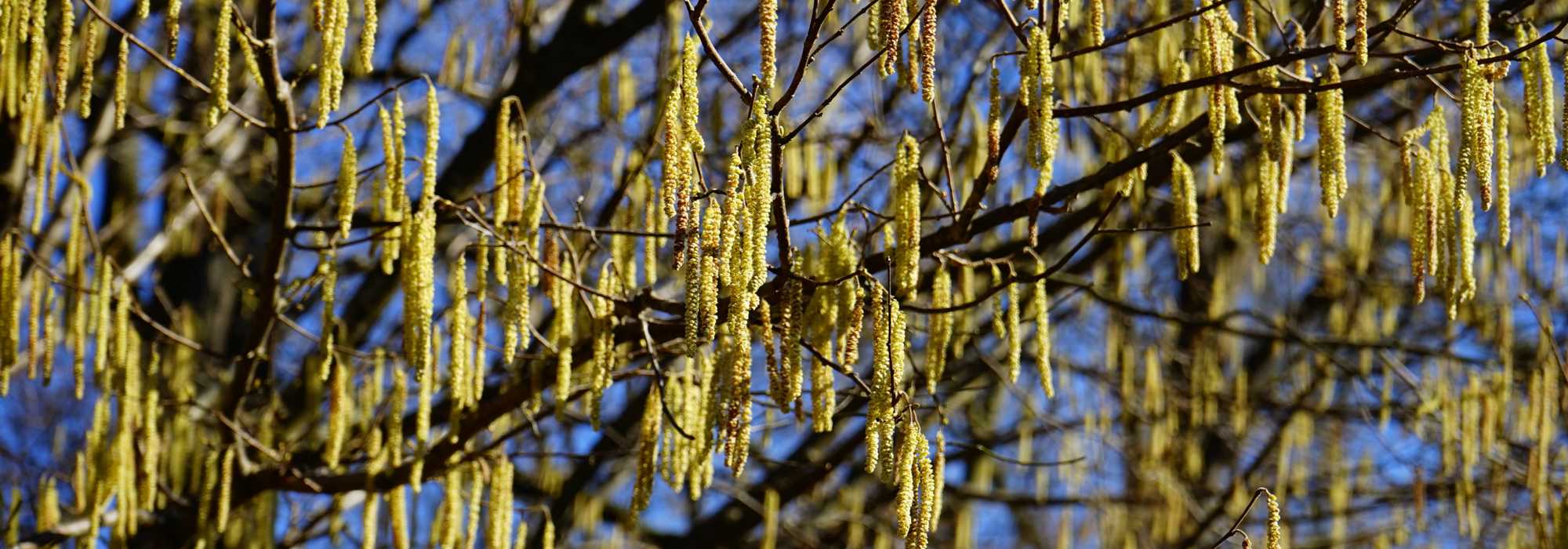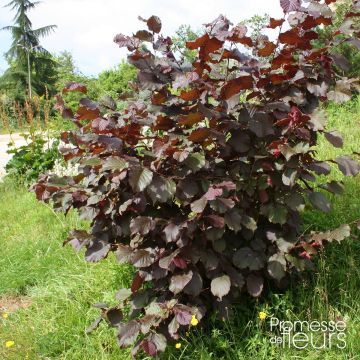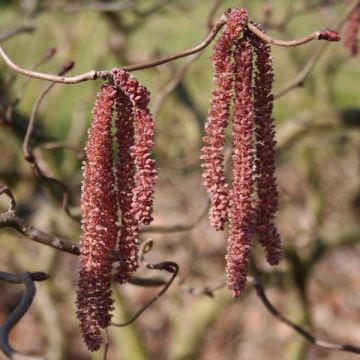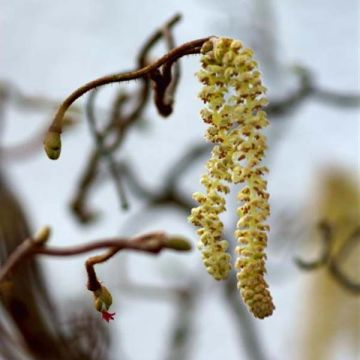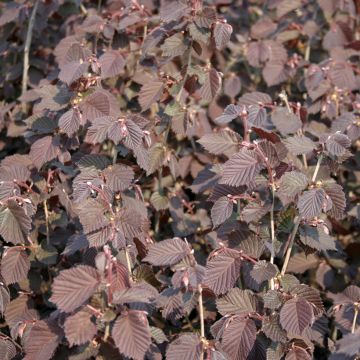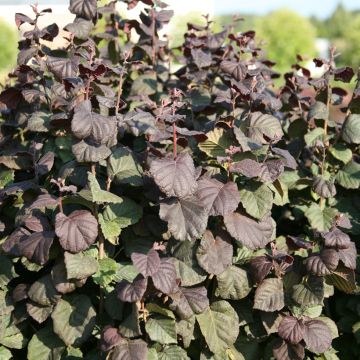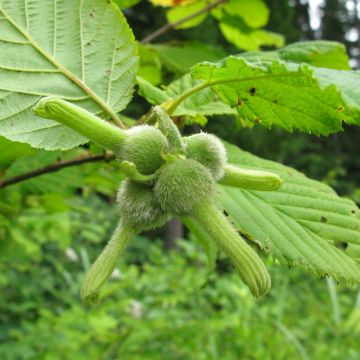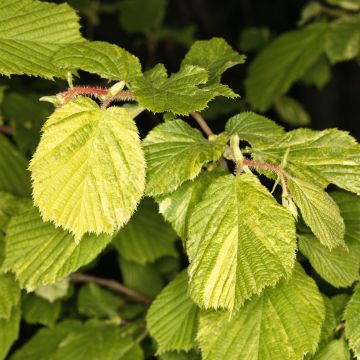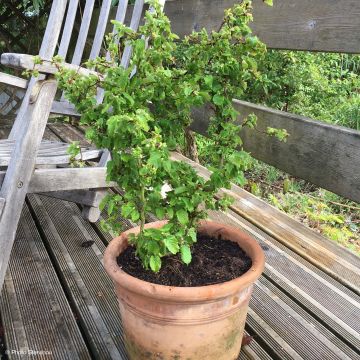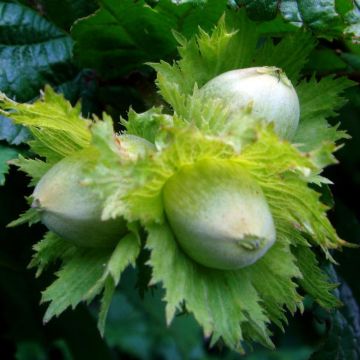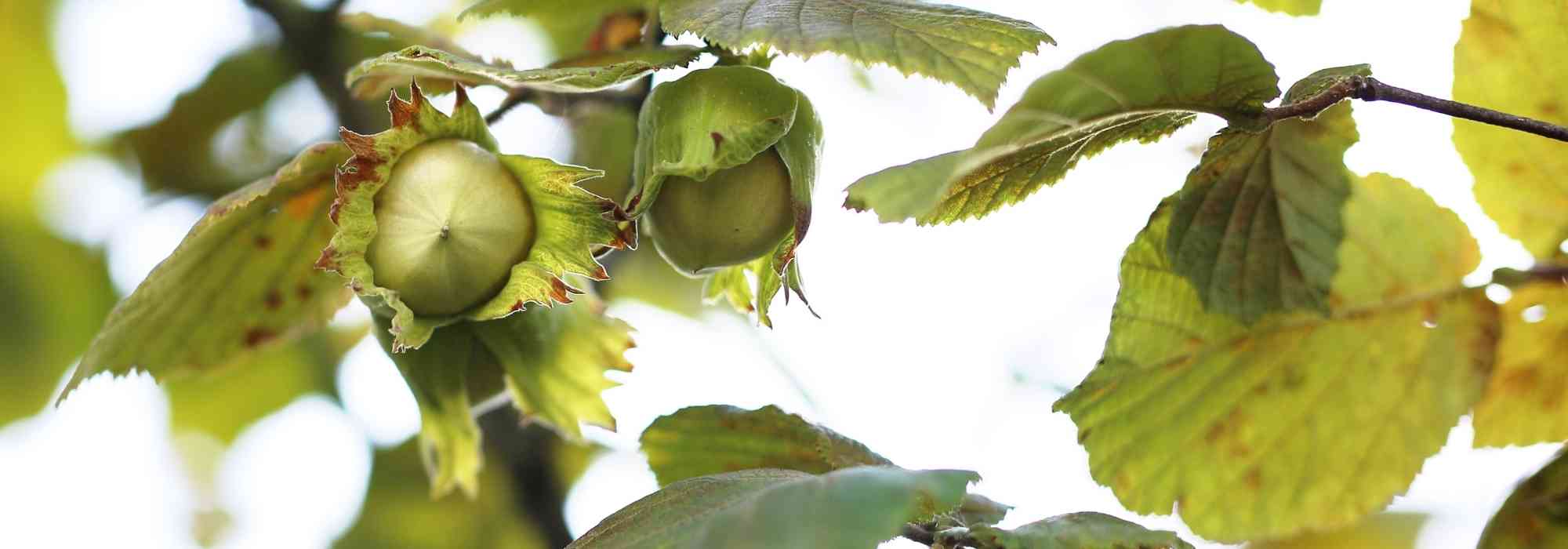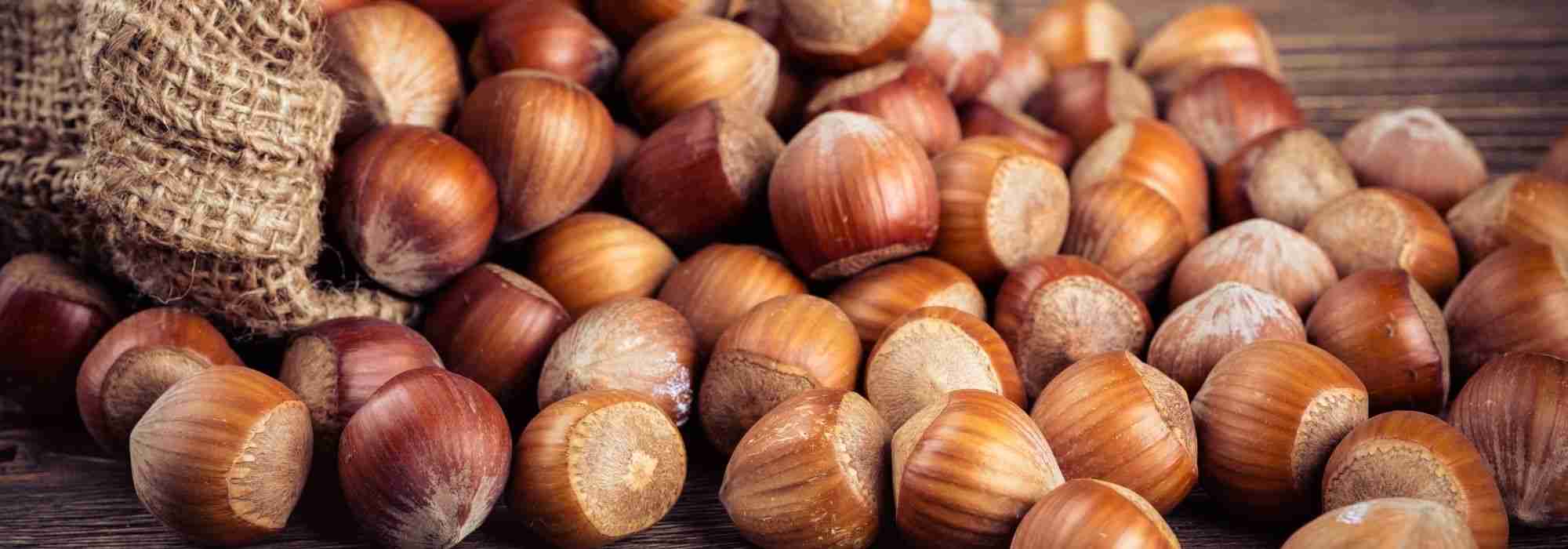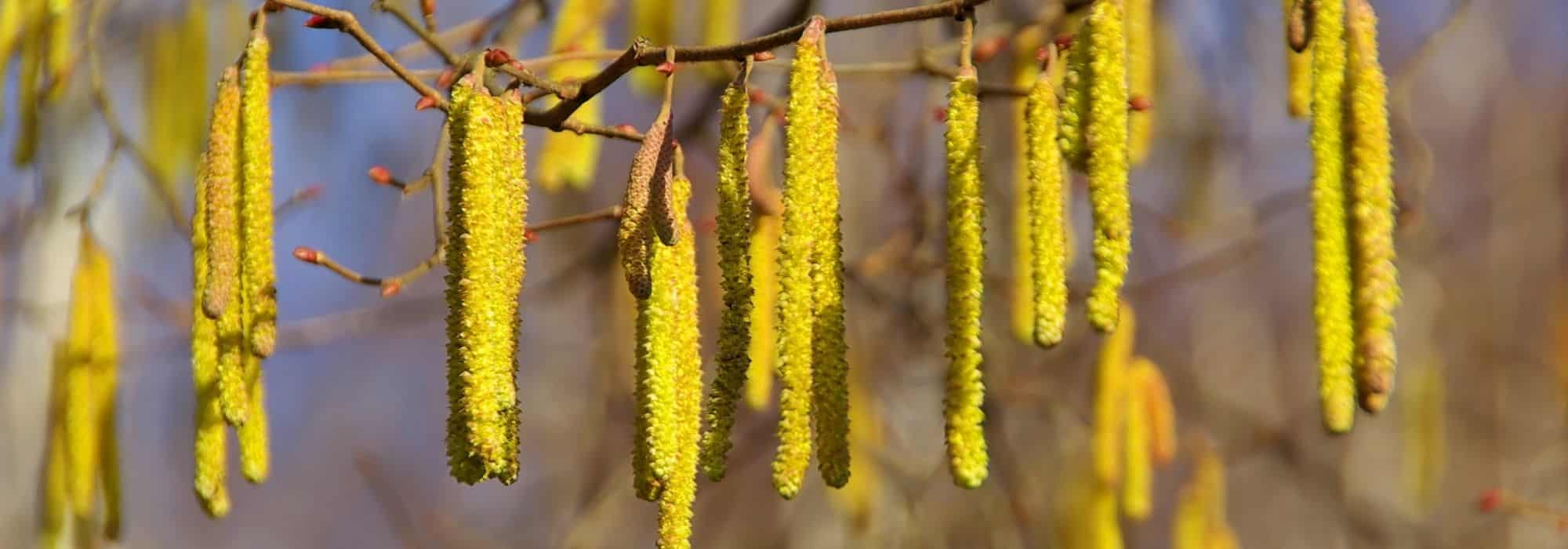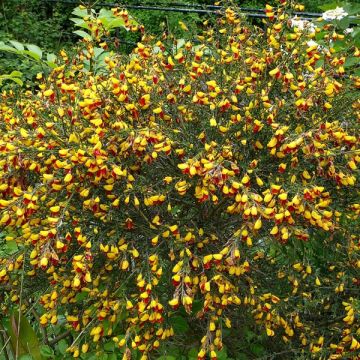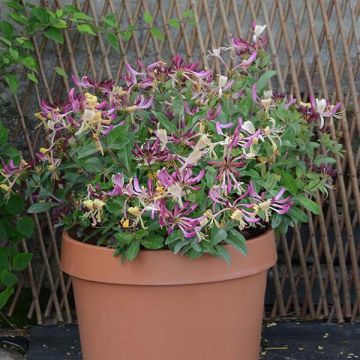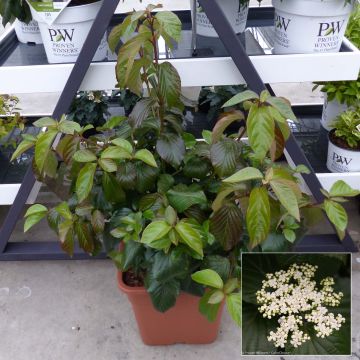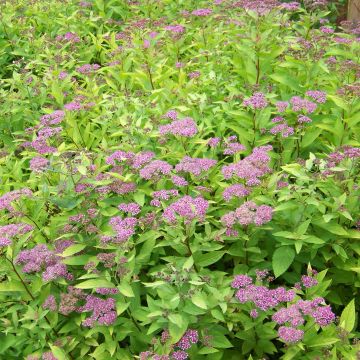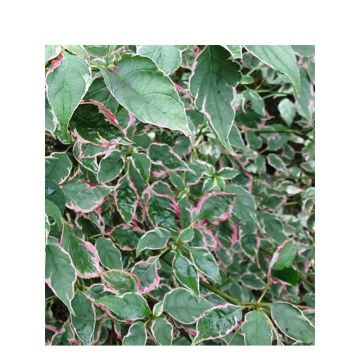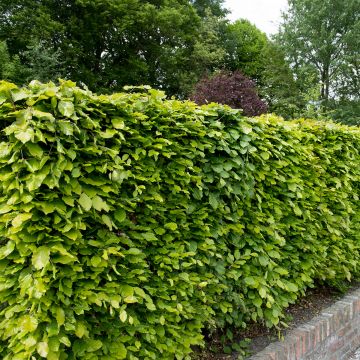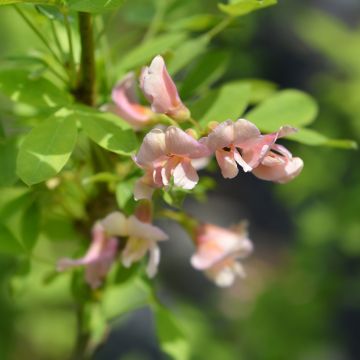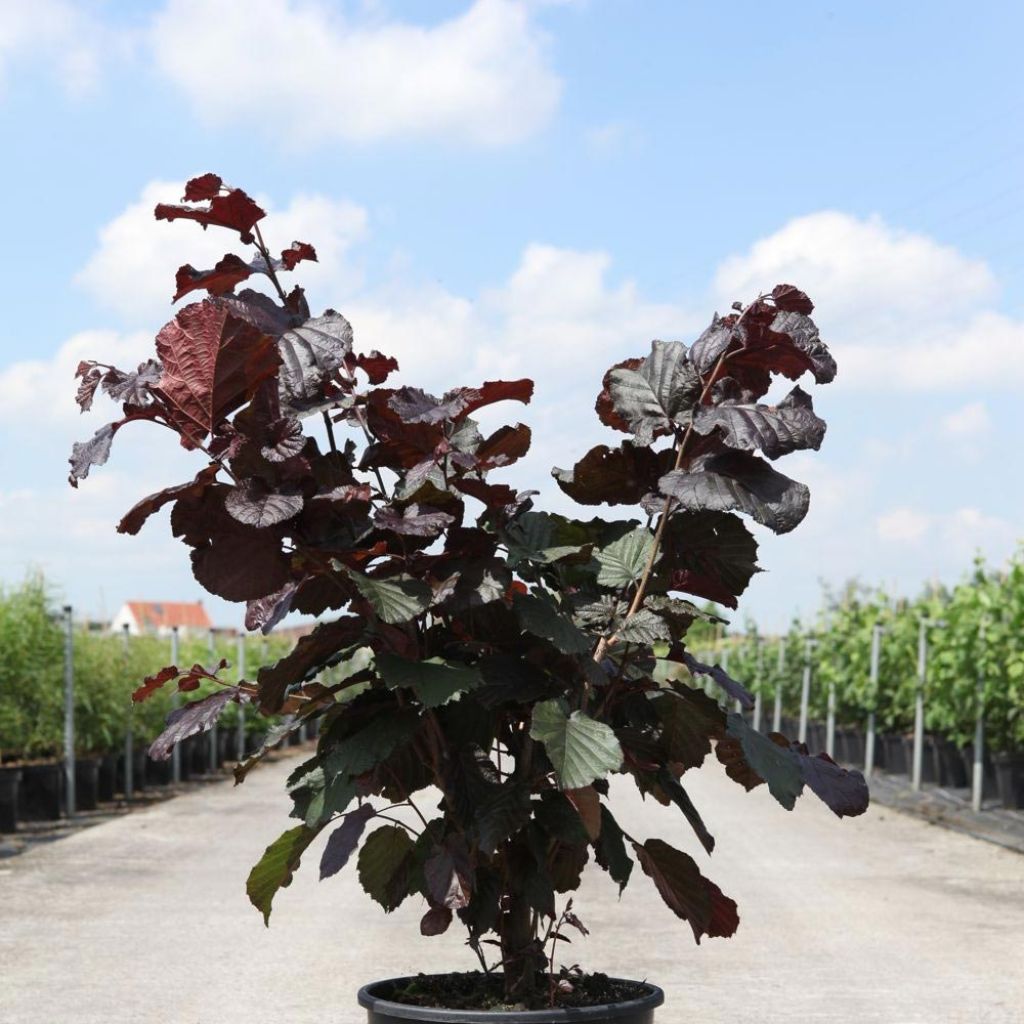

Corylus maxima Purpurea - Red Filbert
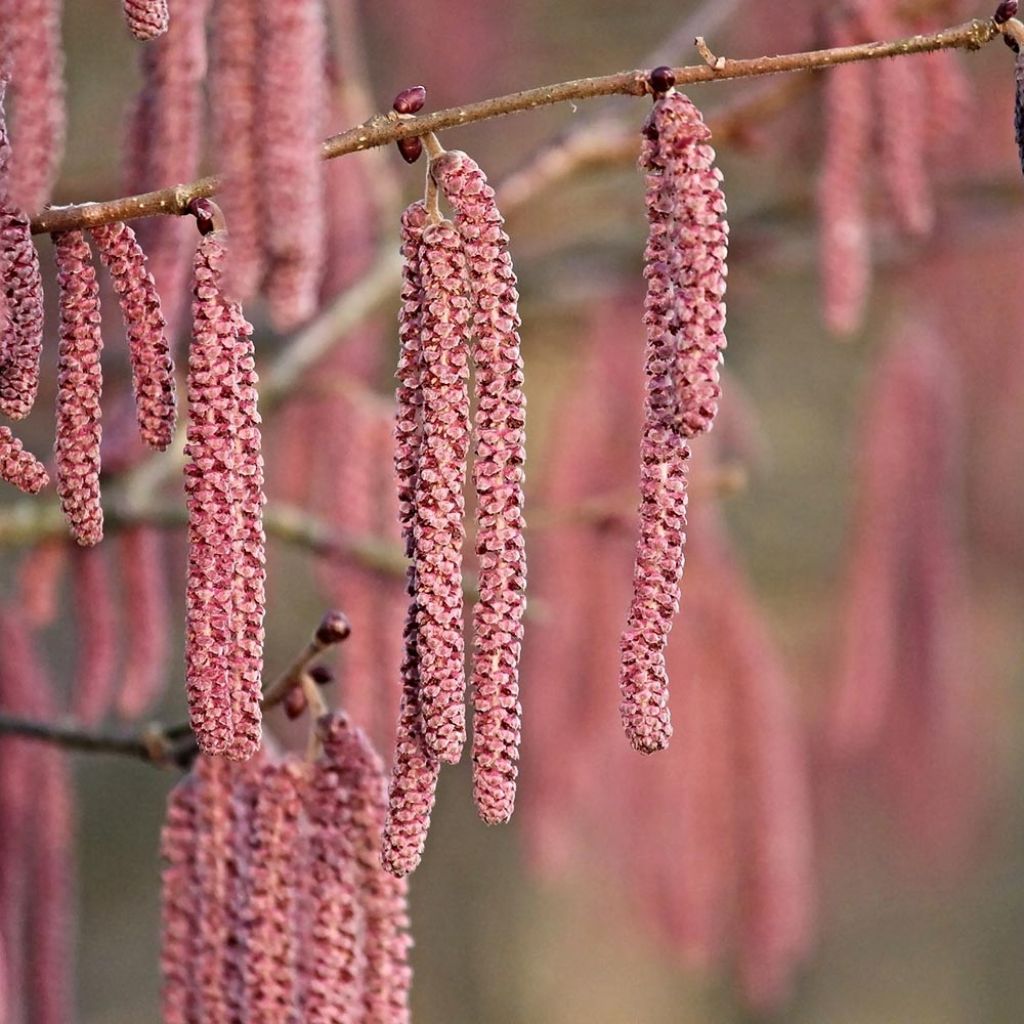

Corylus maxima Purpurea - Red Filbert
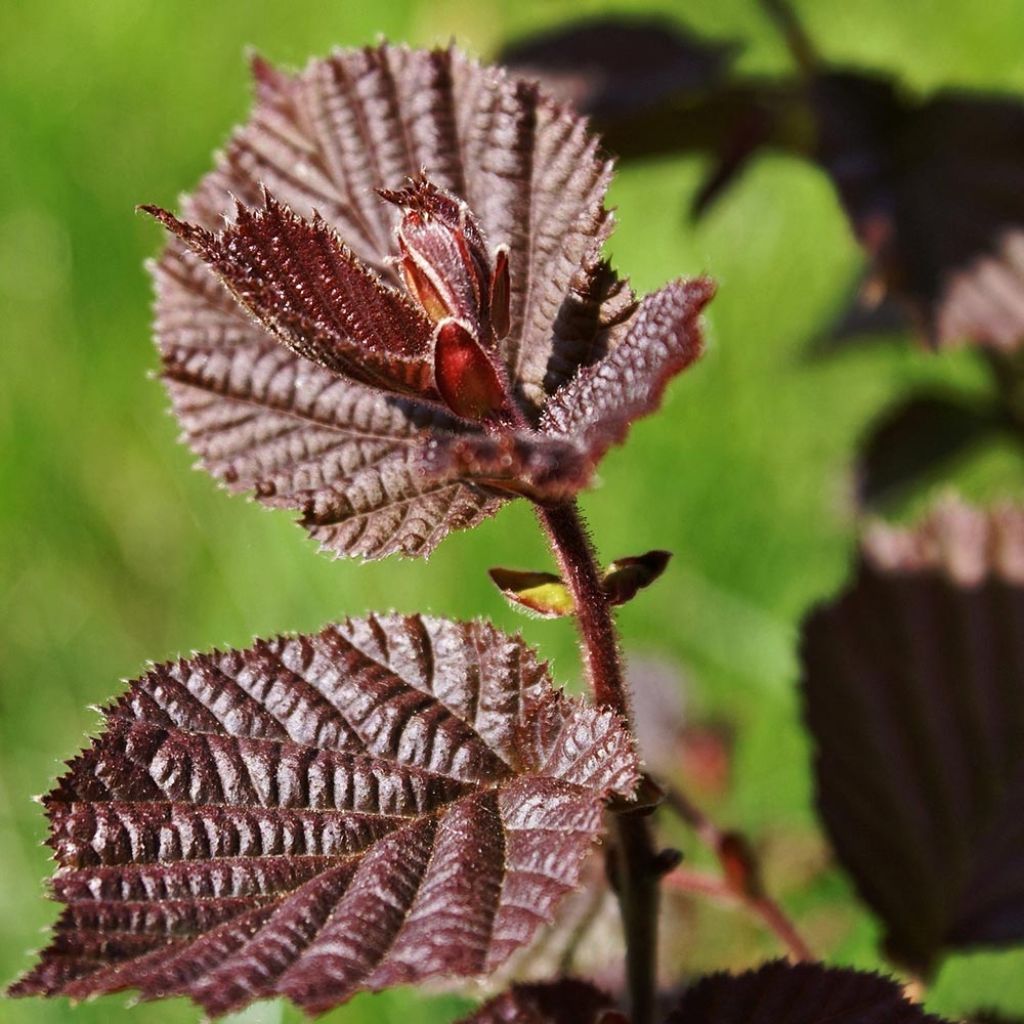

Corylus maxima Purpurea - Red Filbert
Corylus maxima Purpurea - Red Filbert
Corylus maxima Purpurea
Red Filbert, Cobnut
Arrived very small and dark, but it took well and has tripled in size. Everything is going well!
IngridB, 02/09/2024
Special offer!
Receive a €20 voucher for any order over €90 (excluding delivery costs, credit notes, and plastic-free options)!
1- Add your favorite plants to your cart.
2- Once you have reached €90, confirm your order (you can even choose the delivery date!).
3- As soon as your order is shipped, you will receive an email containing your voucher code, valid for 3 months (90 days).
Your voucher is unique and can only be used once, for any order with a minimum value of €20, excluding delivery costs.
Can be combined with other current offers, non-divisible and non-refundable.
Home or relay delivery (depending on size and destination)
Schedule delivery date,
and select date in basket
This plant carries a 24 months recovery warranty
More information
We guarantee the quality of our plants for a full growing cycle, and will replace at our expense any plant that fails to recover under normal climatic and planting conditions.

Would this plant suit my garden?
Set up your Plantfit profile →
Description
Corylus maxima 'Purpurea', commonly called purple hazel, is a variety of highly ornamental fruiting bush. It forms an elegant upright bush with exceptional deciduous foliage of dark purple and pendulous yellow catkins bordered with red, standing out against the bare wood and illuminating the garden in the heart of winter. In August-September, it produces large, delicious reddish-brown hazelnuts. Popular for hedgerows, plant with other hazelnut trees to promote good fruiting, or position it in the background of a flower bed. It is a vigorous and hardy bush in all climates, growing in any preferably rich and moist soil, in full sun or partial shade.
Corylus maxima belongs to the Betulaceae family, just like the birch. It is native to southeastern Europe and the Caucasus. It is a medium-sized, monoecious fruit tree, bearing separate male and female inflorescences on the same individual. The purple hazel is a light-loving species that prefers neutral to slightly acidic fertile soil, that is not too dry. Excessively hot and dry locations should be avoided.
The purple hazel is a horticultural selection from the mid-19th century that is often planted as an ornamental bush. It differs from the Lambert hazel by its purple colour and yellow catkins bordered with red. The bush will reach about 5 m (16.4 ft) in height and 3 m (9.8 ft) in width. Its young branches, covered in hairs, are dark purple and become covered with a light brown bark that darkens over time. Flowering occurs in two stages: in February, the male flowers appear, gathered in pendulous catkins 6 cm (2.4 in) long, which are very popular with bees. In a second stage, the inconspicuous female flowers bloom in March. They have the shape of a bud, 6 mm to 8mm (0.2 in to 0.3 in) in size, partially concealing bright red stigmas. The deciduous foliage appears late in May. Very dense, it gives the shrub its bushy appearance. The leaves are ovate, strongly veined, slightly crisped and rolled, and measure 5 cm to 12 cm (2 in to 4.7 in) long. Initially very dark purple, almost black, they turn purplish-green in summer. The fruits that form on 1-year-old shoots are called hazelnuts. They are large and oblong, surrounded by very long involucres. They are white and become reddish-brown when ripe. Grouped in 1 to 4, they measure 2 cm (0.8 in) in diameter and ripen from August to September. Partially sterile, it is recommended to plant several hazelnut trees at close distance to obtain abundant fruiting. Also, be sure to remove the numerous suckers that will quickly colonise the space!
The purple hazel creates a beautiful focal point in the winter garden, allowing you to admire its large colourful catkins on the bare wood, forming a spectacular candelabra. Easy to grow in ordinary soil, it is not recommended for very dry situations. It is obviously stunning planted as a specimen, especially in winter when its unique silhouette emerges against a leaden sky. It is also commonly used in free hedges. It could also be planted in a Japanese-style garden, in a sunny location. One could imagine a small blue-flowered clematis (Clematis alpina or integrifolia) spreading at the base of a mature tree while climbing its branches.
Corylus maxima Purpurea - Red Filbert in pictures
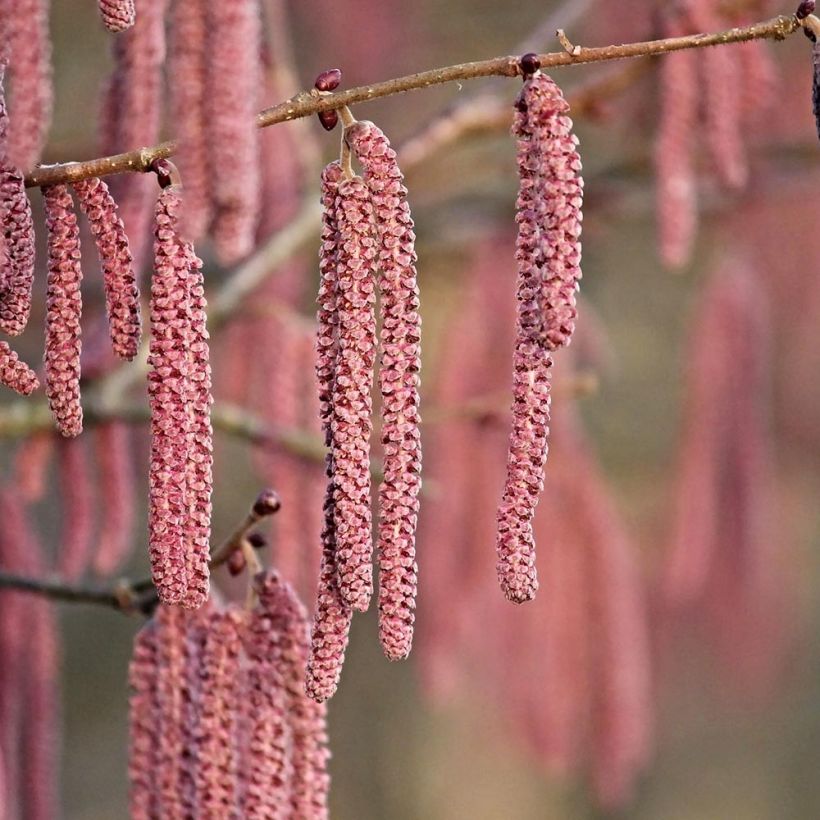

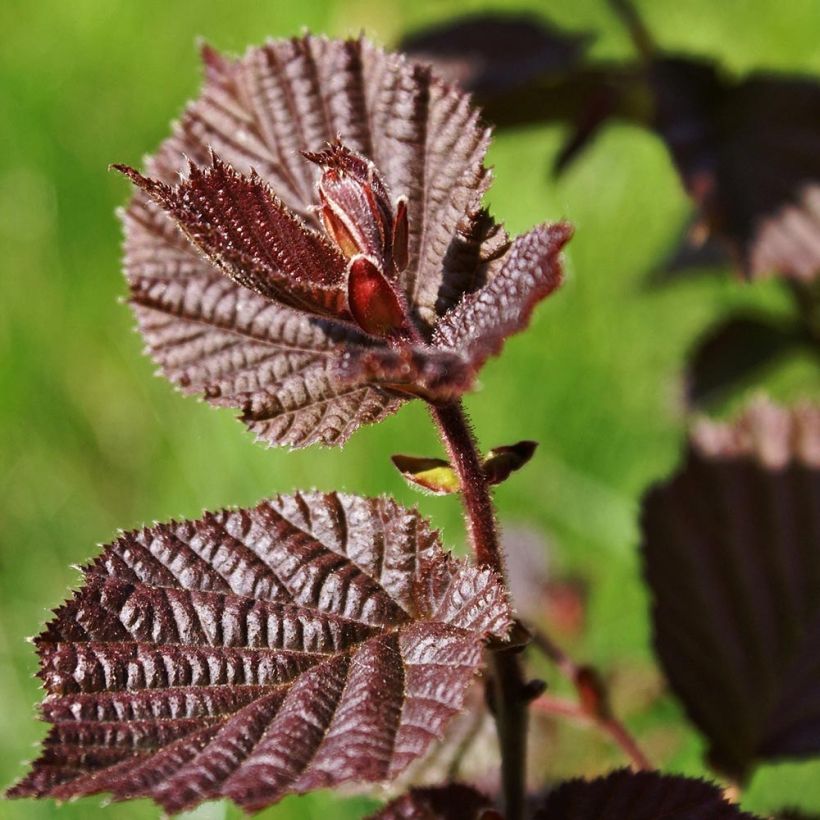

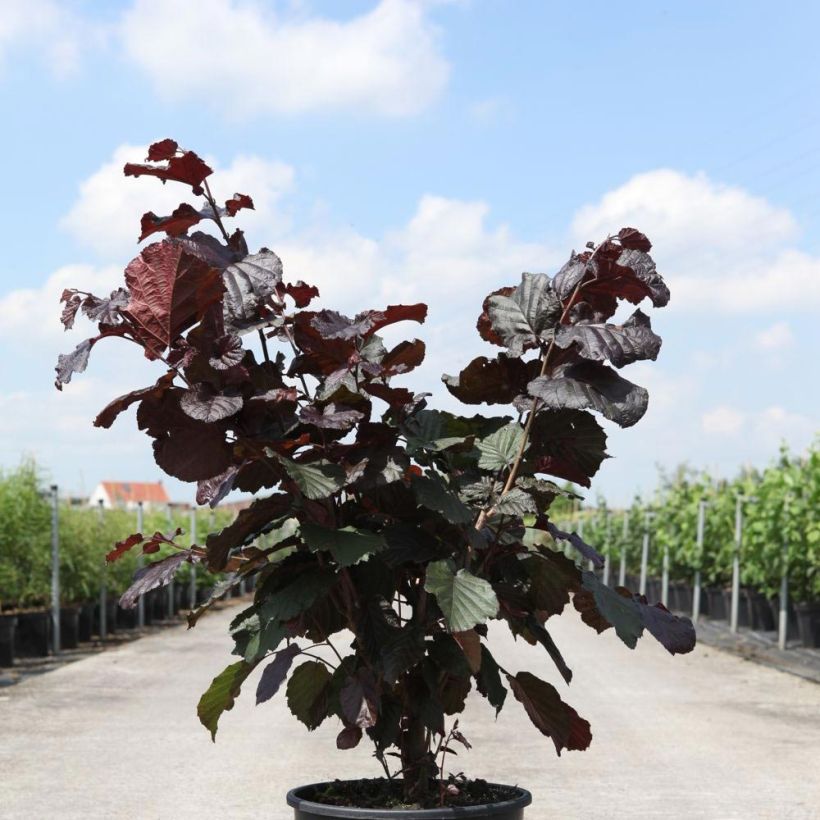

Plant habit
Flowering
Foliage
Safety measures
Botanical data
Corylus
maxima
Purpurea
Betulaceae
Red Filbert, Cobnut
Cultivar or hybrid
atteinterespiratoire
Cette plante peut entraîner des symptômes allergiques.
Evitez de la planter si vous ou vos proches souffrez de rhinite saisonnière ("rhume des foins").
Davantage d'informations sur https://plantes-risque.info
Other Corylus - Hazelnuts
View all →Planting and care
Easy to grow and perfectly hardy, Corylus maxima 'Purpurea' is naturally found in many parks and gardens. It will adapt to any good garden soil that is not too dry, without excessive acidity. It tolerates limestone soils. It enjoys a sunny to semi-shaded position, and will benefit from pruning. In late autumn, aerate the base by cutting back any obstructive branches.
Planting period
Intended location
Care
Planting & care advice
-
, onOrder confirmed
Reply from on Promesse de fleurs
Similar products
Haven't found what you were looking for?
Hardiness is the lowest winter temperature a plant can endure without suffering serious damage or even dying. However, hardiness is affected by location (a sheltered area, such as a patio), protection (winter cover) and soil type (hardiness is improved by well-drained soil).

Photo Sharing Terms & Conditions
In order to encourage gardeners to interact and share their experiences, Promesse de fleurs offers various media enabling content to be uploaded onto its Site - in particular via the ‘Photo sharing’ module.
The User agrees to refrain from:
- Posting any content that is illegal, prejudicial, insulting, racist, inciteful to hatred, revisionist, contrary to public decency, that infringes on privacy or on the privacy rights of third parties, in particular the publicity rights of persons and goods, intellectual property rights, or the right to privacy.
- Submitting content on behalf of a third party;
- Impersonate the identity of a third party and/or publish any personal information about a third party;
In general, the User undertakes to refrain from any unethical behaviour.
All Content (in particular text, comments, files, images, photos, videos, creative works, etc.), which may be subject to property or intellectual property rights, image or other private rights, shall remain the property of the User, subject to the limited rights granted by the terms of the licence granted by Promesse de fleurs as stated below. Users are at liberty to publish or not to publish such Content on the Site, notably via the ‘Photo Sharing’ facility, and accept that this Content shall be made public and freely accessible, notably on the Internet.
Users further acknowledge, undertake to have ,and guarantee that they hold all necessary rights and permissions to publish such material on the Site, in particular with regard to the legislation in force pertaining to any privacy, property, intellectual property, image, or contractual rights, or rights of any other nature. By publishing such Content on the Site, Users acknowledge accepting full liability as publishers of the Content within the meaning of the law, and grant Promesse de fleurs, free of charge, an inclusive, worldwide licence for the said Content for the entire duration of its publication, including all reproduction, representation, up/downloading, displaying, performing, transmission, and storage rights.
Users also grant permission for their name to be linked to the Content and accept that this link may not always be made available.
By engaging in posting material, Users consent to their Content becoming automatically accessible on the Internet, in particular on other sites and/or blogs and/or web pages of the Promesse de fleurs site, including in particular social pages and the Promesse de fleurs catalogue.
Users may secure the removal of entrusted content free of charge by issuing a simple request via our contact form.
The flowering period indicated on our website applies to countries and regions located in USDA zone 8 (France, the United Kingdom, Ireland, the Netherlands, etc.)
It will vary according to where you live:
- In zones 9 to 10 (Italy, Spain, Greece, etc.), flowering will occur about 2 to 4 weeks earlier.
- In zones 6 to 7 (Germany, Poland, Slovenia, and lower mountainous regions), flowering will be delayed by 2 to 3 weeks.
- In zone 5 (Central Europe, Scandinavia), blooming will be delayed by 3 to 5 weeks.
In temperate climates, pruning of spring-flowering shrubs (forsythia, spireas, etc.) should be done just after flowering.
Pruning of summer-flowering shrubs (Indian Lilac, Perovskia, etc.) can be done in winter or spring.
In cold regions as well as with frost-sensitive plants, avoid pruning too early when severe frosts may still occur.
The planting period indicated on our website applies to countries and regions located in USDA zone 8 (France, United Kingdom, Ireland, Netherlands).
It will vary according to where you live:
- In Mediterranean zones (Marseille, Madrid, Milan, etc.), autumn and winter are the best planting periods.
- In continental zones (Strasbourg, Munich, Vienna, etc.), delay planting by 2 to 3 weeks in spring and bring it forward by 2 to 4 weeks in autumn.
- In mountainous regions (the Alps, Pyrenees, Carpathians, etc.), it is best to plant in late spring (May-June) or late summer (August-September).
The harvesting period indicated on our website applies to countries and regions in USDA zone 8 (France, England, Ireland, the Netherlands).
In colder areas (Scandinavia, Poland, Austria...) fruit and vegetable harvests are likely to be delayed by 3-4 weeks.
In warmer areas (Italy, Spain, Greece, etc.), harvesting will probably take place earlier, depending on weather conditions.
The sowing periods indicated on our website apply to countries and regions within USDA Zone 8 (France, UK, Ireland, Netherlands).
In colder areas (Scandinavia, Poland, Austria...), delay any outdoor sowing by 3-4 weeks, or sow under glass.
In warmer climes (Italy, Spain, Greece, etc.), bring outdoor sowing forward by a few weeks.






























